Disintegration (Steam) Review
A SUCCESSFUL HYBRID OF FPS AND RTS MECHANICS
Disintegration is one of the more unique first-person shooters I’ve played in a while. The main reason this game is so different from others is that it is a hybrid of FPS shooting and real-time strategy. This creates some truly interesting combat that is all witnessed from atop a gravcycle, a vehicle that comes in many shapes and is the sole option for players. While the strong multiplayer of Disintegration showcases a wide range of strategies through several well-designed classes (to the point that it can feel more like a MOBA at times) I was only able to play through most of the single-player campaign. Due to this, I will be covering the game’s single-player only, much like what was done in my Doom Eternal and Resident Evil 3 reviews.
Disintegration comes from V1 Interactive, a smaller team considering the game’s production values that was founded by the co-creator of the Halo universe Marcus Lehto, with publishing from Private Division. Even in the early moments of the game’s campaign, it echoes themes and styles that made Master Chief’s escapades so iconic. As conditions on Earth continue to worsen, much of humanity adopts a robotic body through a process called Integration, leaving only one’s mind. This means one can upgrade into various types of armature but one’s life can end following the destruction of the brain can. Surprisingly, the characters of Disintegration explore the theme of tossing aside their humanity (either willingly or unwillingly) in ways that are interesting, staying fairly cliche for this genre of game but being fun to think about enough that I enjoyed the various perspectives found in this world.
In the story, players take on the role of Romer Shoal, a previously famous gravcycle pilot, who barely breaks out of the clutches of the Rayonne. These baddies gather up humans and forcibly integrate them through a massive flying structure known as the Iron Cloud. Naturally, Romer and his ragtag group of resistors seek to bring an end to their tyranny. Along the way, players meet a colorful cast of Integrated folks, as well as a few humans. Each mission starts by dropping the player at a base where they can chat with other team members, snag quests for extra exp that unlock upgrade slots, and prepare for the mission. Gaining the extra objectives through briefly chatting with NPCs is pretty silly considering how they should just be a part of the mission but it does push the player into talking to everyone before a mission. I did rather enjoy the dialogue between characters as these lines are well written and further flesh out the characters, which is surprising given how most of the cast has a metal face. Pulling off expressions and moods with voice and body posture is something worth commending.
There’s a moment when Seguin talks about how integration helped them fully realize their identity. Seguin claims that they were never comfortable in their original body and when prompted about what they identify as, they respond with a simple, “as Seguin.” It’s a rather small moment but it was one that I think will be appreciated.
Unfortunately, I wasn’t able to bring Seguin along for every mission; the game forces companions and loadouts, at least for all the missions I played. I’ve yet to finish it but I imagine after about 10-15 hours I’m pretty close. I also wished that the character upgrades felt more significant. Not only that but one doesn’t have an option for a main weapon or gravcycle which does force players to learn about the various tools available in the multiplayer (the mode that will likely be the most popular) but there are some weapons in desperate need of an increase in power. For example, the sticky bombs feel incredibly weak and there’s a mission where Romer has to fight alone in a cramped space with a weapon that feels like flinging peanuts at a tank.
While stylistically and thematically there are elements of Halo, the combat is entirely unique. The gravcycle has this weight and floatiness that makes it kind of like piloting a Banshee in Halo 3 except this bike has more maneuverability and must be above solid ground. It takes some getting used to but when looking at the mechanics and design of the bike, the player feedback, and the feel of piloting it makes sense. Primary weapons like an assault rifle, a scout rifle with a scope, a chaingun, and more are the main form of attack and there’s also a quick dash that refreshes over time. Depending on the secondary weapon one can fire off a ton of rockets or toss a slow healing orb to crew members among other powers.
Some environments feature a ton of color, like this farm section.
The crew is the spice of the soup of genres found in Disintegration. Players control a small squad of units, each with an active ability that varies from a stun grenade to a huge slam, by pointing them at various locations, enemies, and objectives. This is the real-time RTS element mentioned earlier and for the most part, it feels intuitive and responsive. When following the player, the units move based on the reticle, which makes them almost flow like a liquid across the battlefield. Areas of varying elevation can get tricky but the pathing works pretty well.
Disintegration feels best when the player is actively calculating the right angle and movement pattern to take down an enemy gravcylce while also countering the troops on the ground. There’s even a boss fight or two in the story, though they are just basic sequences that have to be repeated and those enemies start showing up more often. There’s a lot of basic strategies at work too and the story has enough mission variety that players start to steadily learn the various moves available to them. Later chapters can be really tough, especially one section where several gravcycles and other enemies bombard with extreme aggression, but each of them is enjoyable enough and take about a half-hour or so to beat. Disintegration was actually the perfect lunch period game for me as I am currently working from home.
I wish upgrades were more substantial.
I think that there are some kinks that need to be ironed out though. The most evident misstep is the story’s pacing. While the cutscenes are full of solid shots, dialogue that adds depth to the world, and interesting characters the actual plotline can be best described as choppy. Most missions end with the player just abruptly popping up at the base, with almost complete silence. It’s jarring, to say the least, and eventually, I started to tune out what my goals were in the missions. I mostly played this one for the unique action and to see what other characters would turn up. Even the game’s villains are pretty weak, as the main antagonist is just a mean dude doing mean things because he’s mean-spirited. It didn’t seem like the bad guys had much of a motivation and I’m under the impression that this story would make a better novel than a game. That said, if V1 Interactive can flesh out the campaign with just a few more scenes it will rival some of the better sci-fi shooter tales we’ve seen in the FPS genre. It wouldn’t be the best by a wide margin but definitely agreeable with a lot of players.
While I was mostly enjoying the world of Disintegration, I was also impressed by how well the game performed. I don’t have a monster PC rig by any means, I’m only rocking a GeForce GTX 1080, and the game ran like silk. Some models and textures look a little rough, par for the course considering this is not much of a step above a lean indie team, but the action never faltered. Sometimes the AI would do some strange things (I swear my crew sees a grenade and think it’s a damn cupcake or something) but I was glad to play a game and not worry about tinkering with settings for once, although I did switch around some key bindings at the start. The assets are overall solid but nothing stands out as amazing and the same goes for the music.
Disintegration has its share of electronic tones and some minor orchestral stuff but the true star of sound here is all of the effects of everything else. Guns feel heavy, enemies all seem to have a unique sound that alerts their presence, the slow whir of a flying enemy can send shivers down one’s spine, it all sounds excellent. There’s some good spatial variance too though not to the extreme of say something like Hellblade: Senua’s Sacrifice, a game praised for its binaural audio. The sound ultimately pairs well with the mechanics and the visuals.
Sometimes it’s more effective to hang back and support the crew.
Here of late, I have been fascinated by the various things developers can tweak to make a first-person shooter stand out. There are so many takes on various concepts depending on the player character, the context, and the gameplay goals of the title. It just makes me giddy and I thoroughly enjoy exploring them on PC. I’m not sure how long I’ll play Disintegration but based on my brief multiplayer demo at PAX West 2019 and what I’ve seen so far in the single-player I may keep it installed and try to group up with some friends soon. I eagerly await to see how players react to it.
All in all, Disintegration brings something unique to the FPS genre and it's a blast to play. I definitely recommend trying it out and I hope to see this idea expanded further with post-launch content or a sequel. This isn’t a grand slam hit but it definitely sets the stage for a smashing sequel or an exciting few years of improvements.
SCORES
GAMEPLAY - 8/10
VISUALS - 7/10
SOUND - 8/10
CONTROLS - 7/10
REPLAY VALUE - 7/10
OVERALL - 7.4/10
Learn more about Disintegration on the official website. A digital Steam copy was provided for the purpose of review. Screenshots were captured using Steam’s built-in tools.
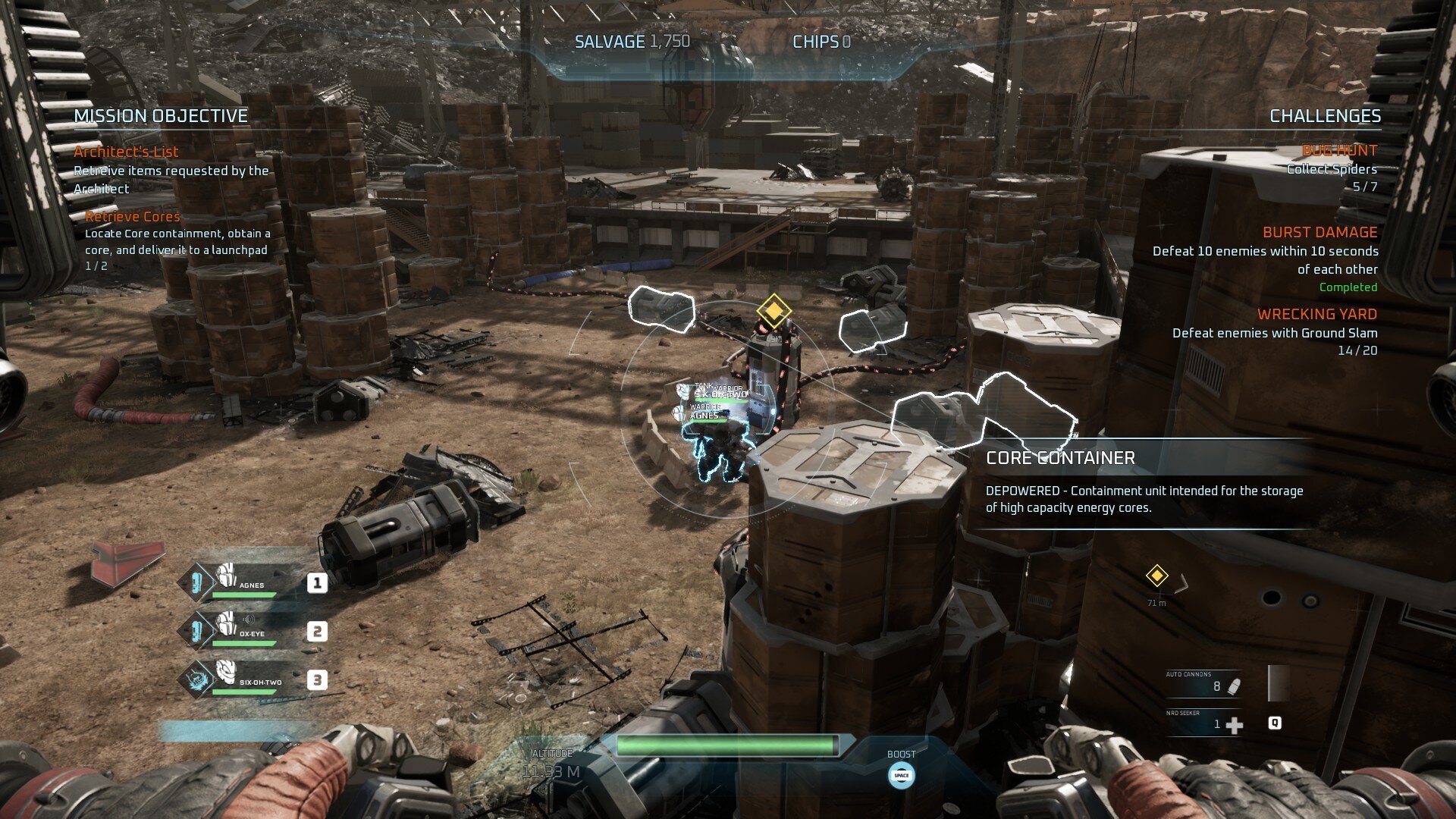
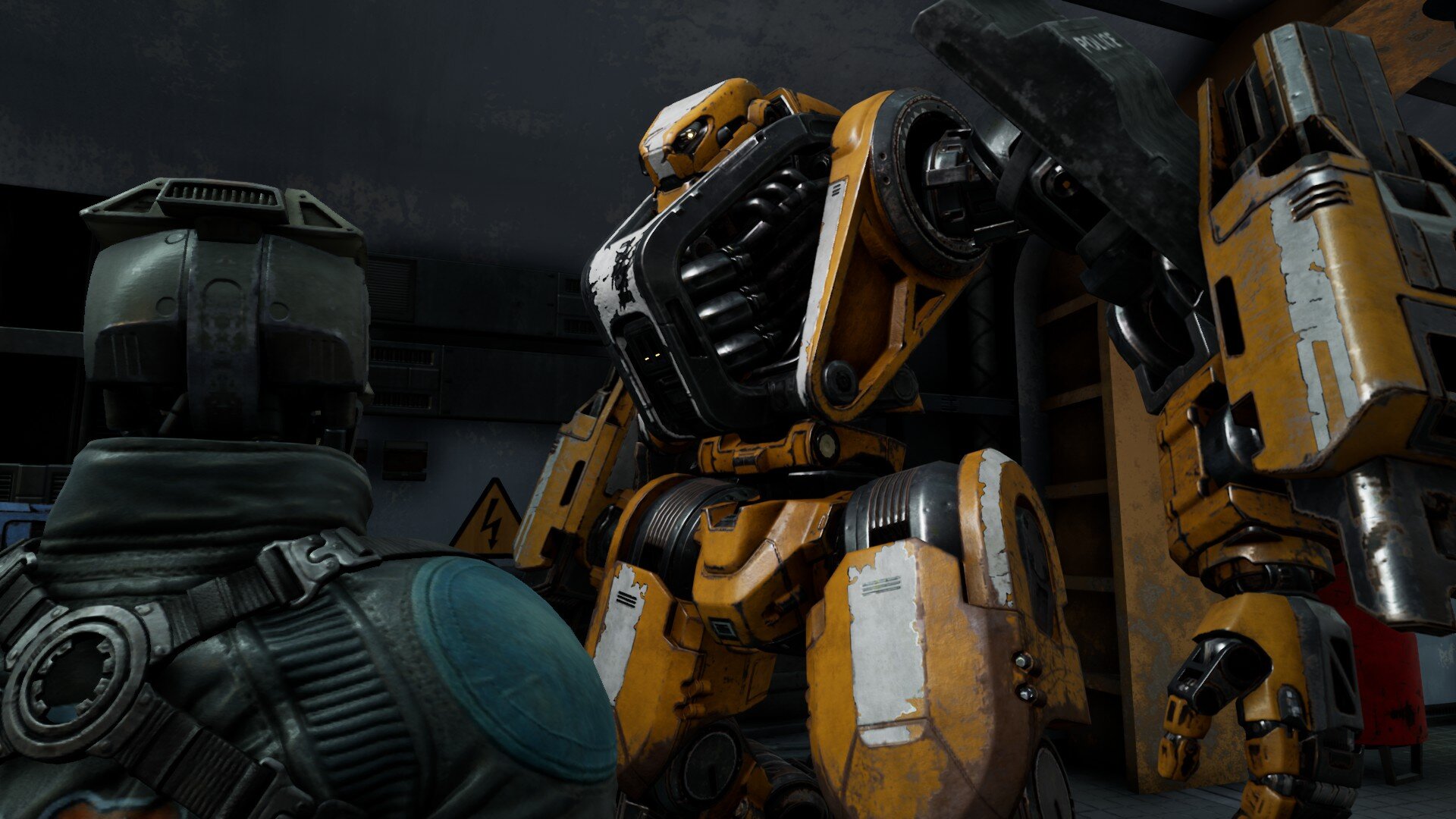
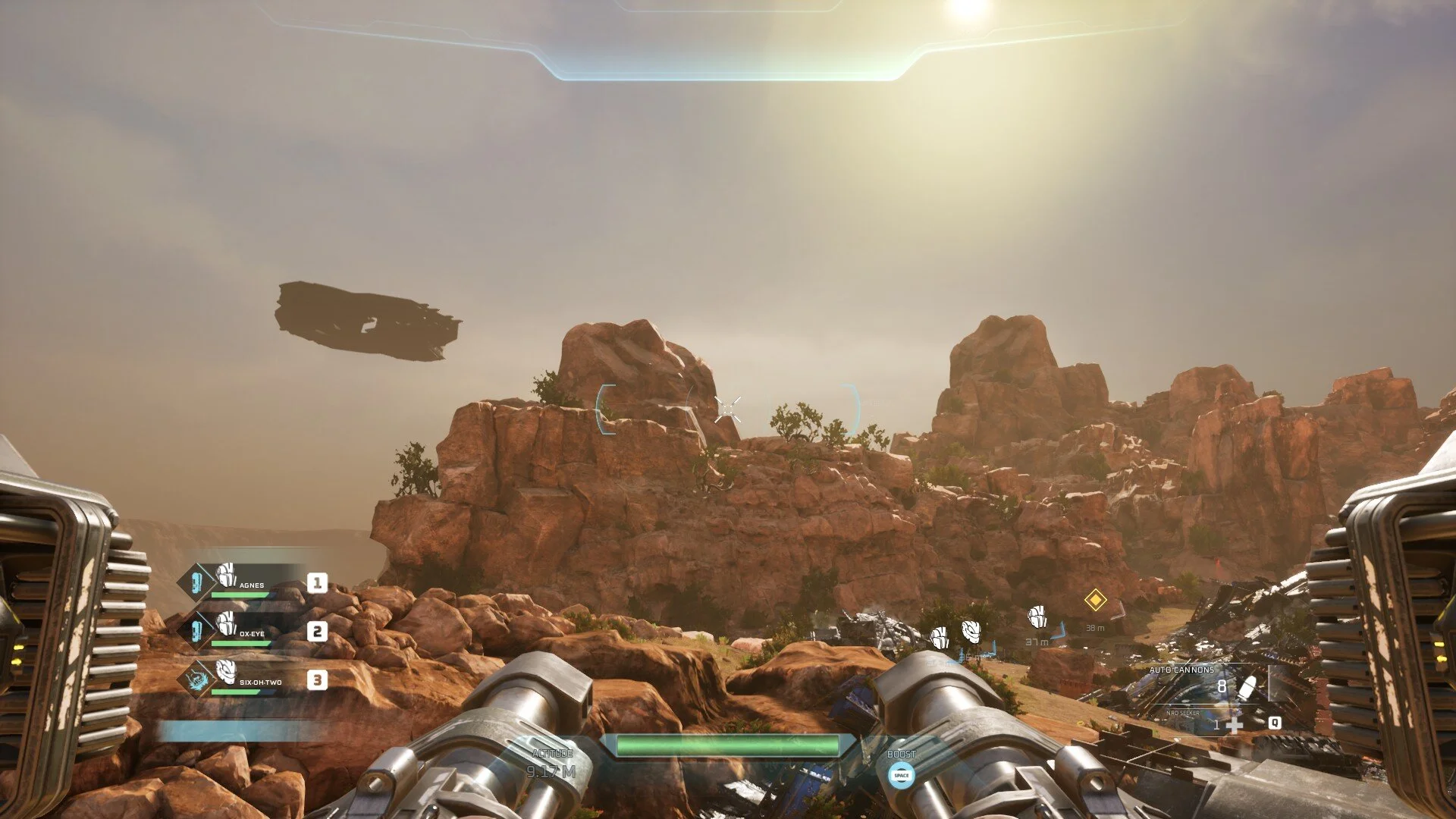
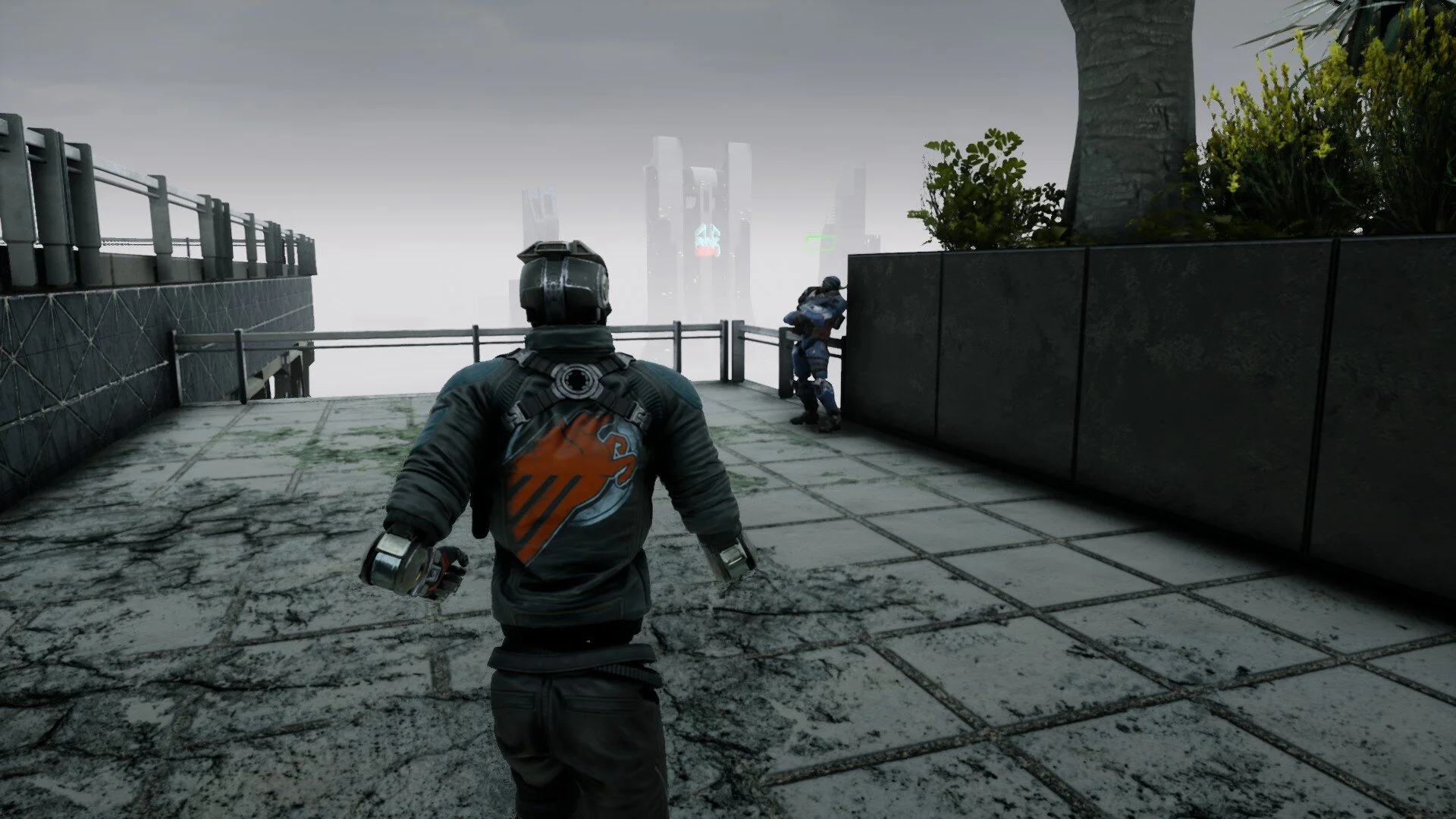
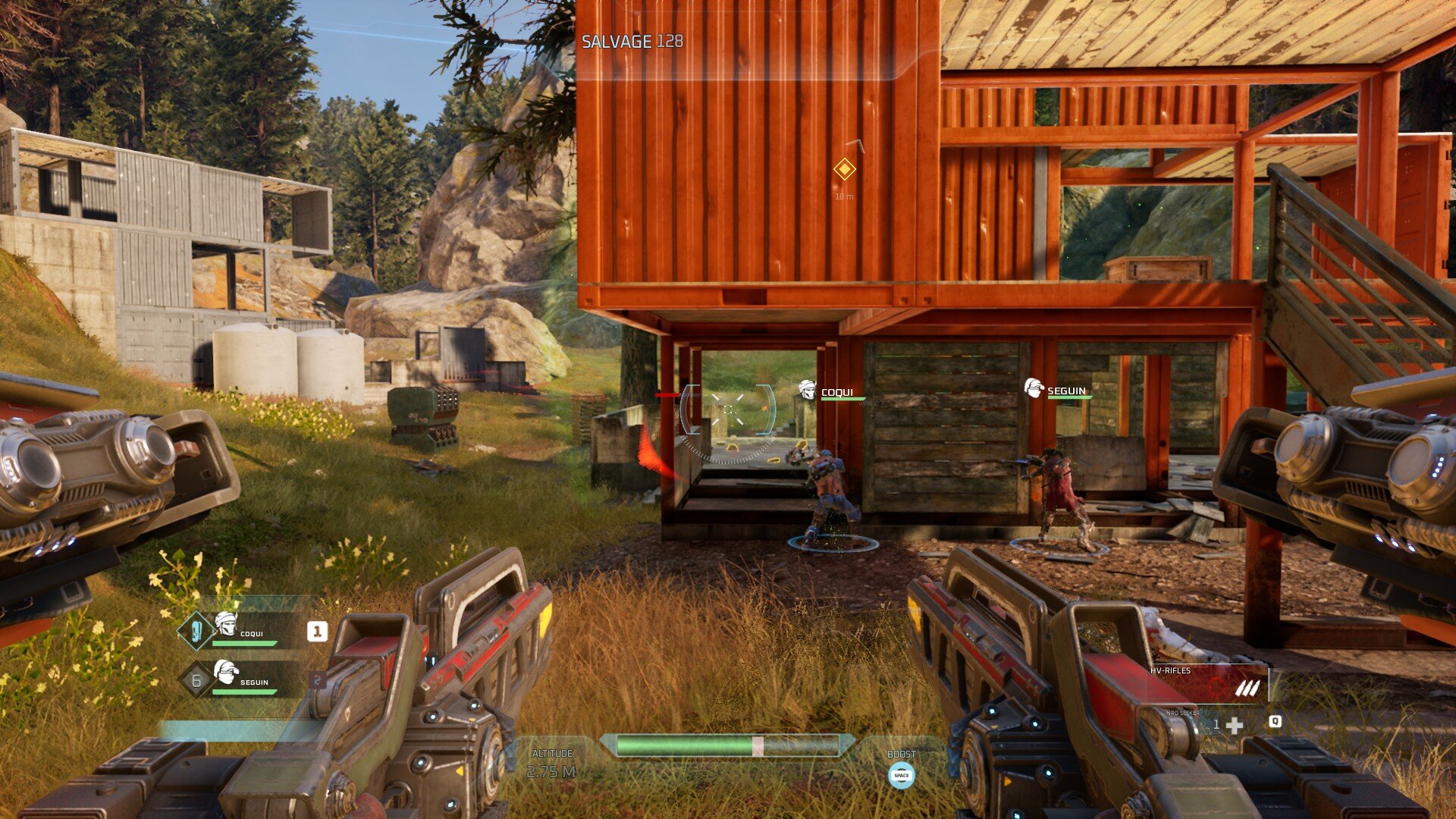
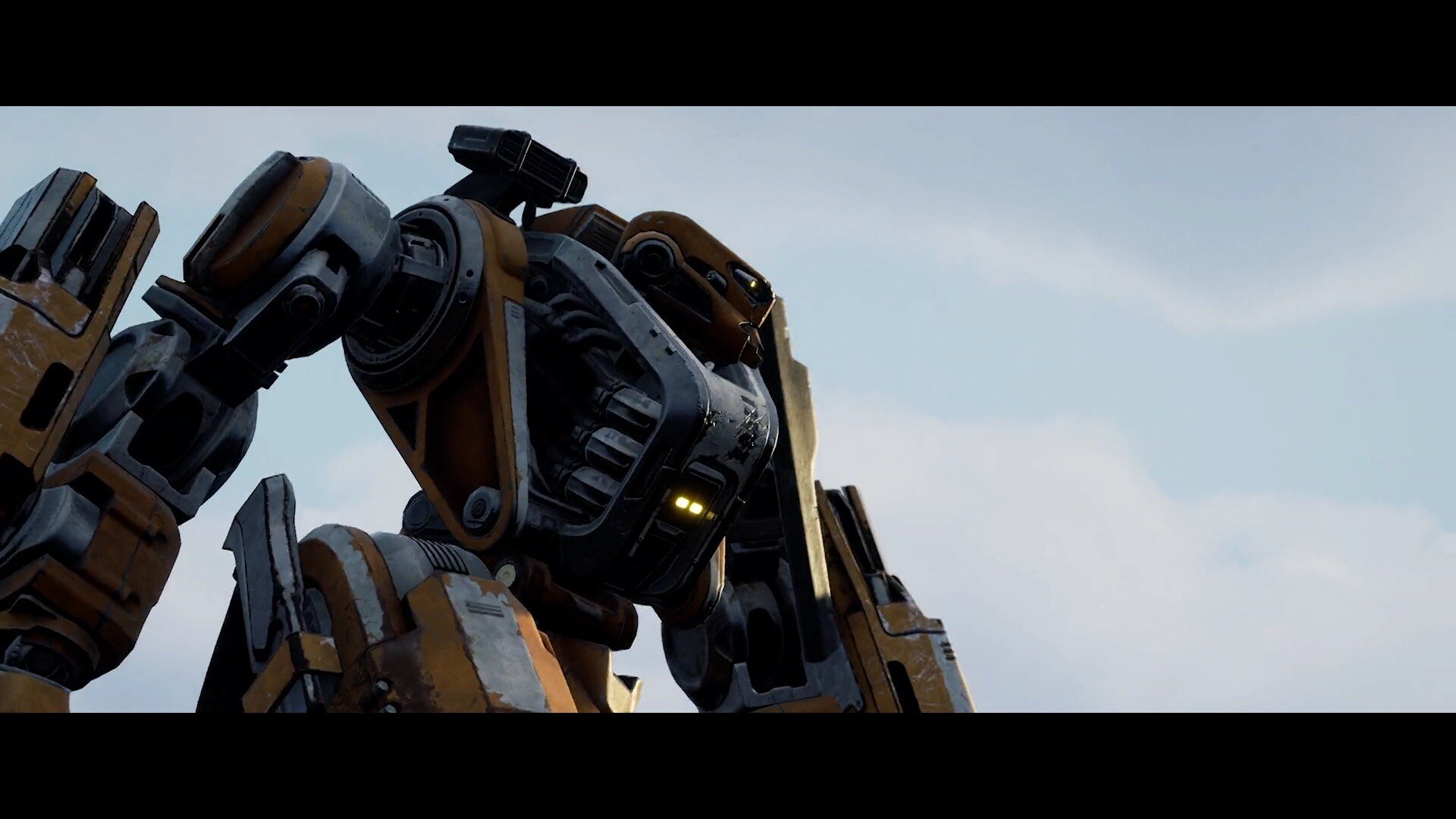



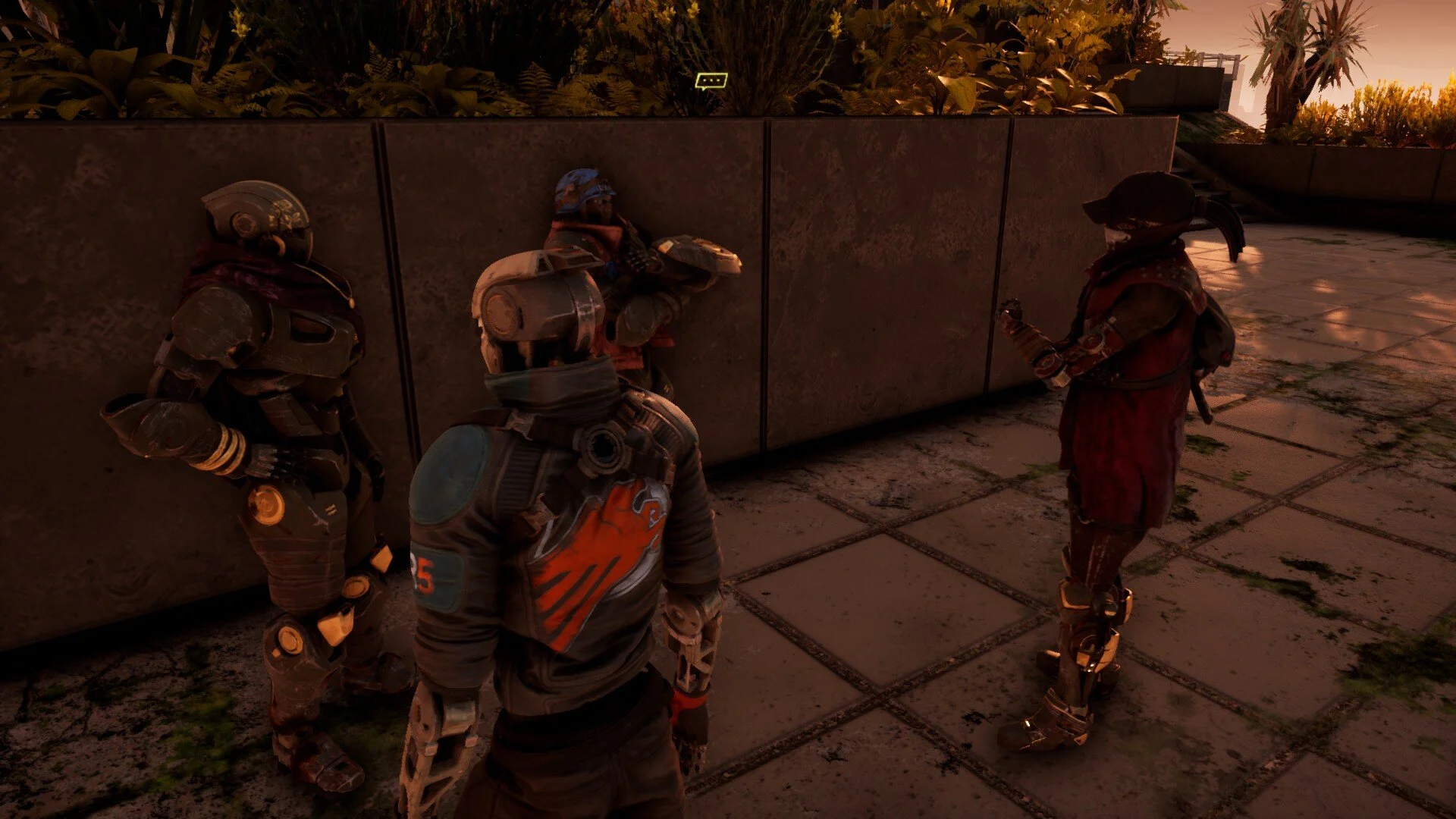


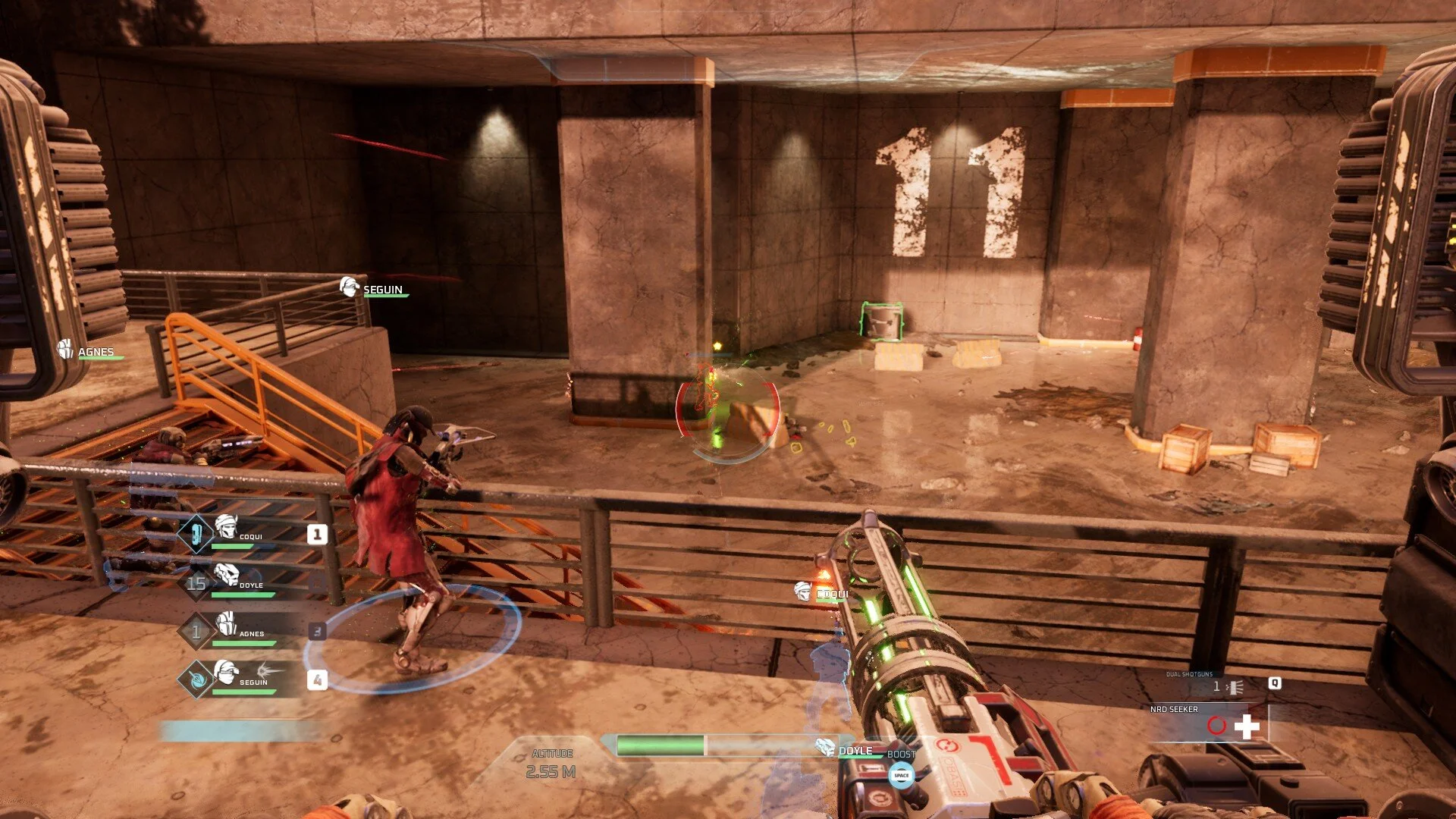


On a path that will ultimately result in his own destruction, James Savage takes on his vampiric ex-girlfriend Draculae in El Paso Elsewhere, a moody neo-noir action shooter from Strange Scaffold.